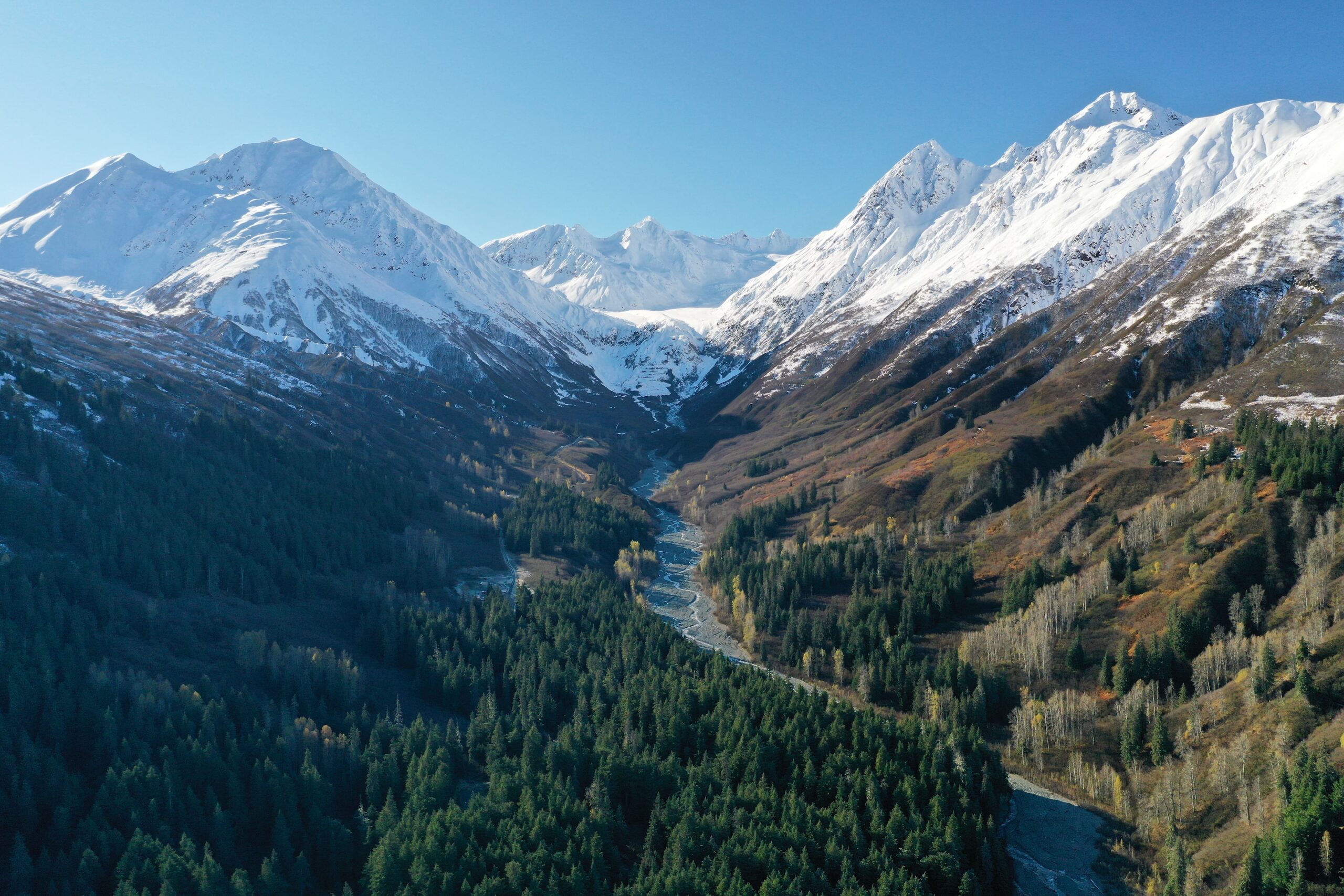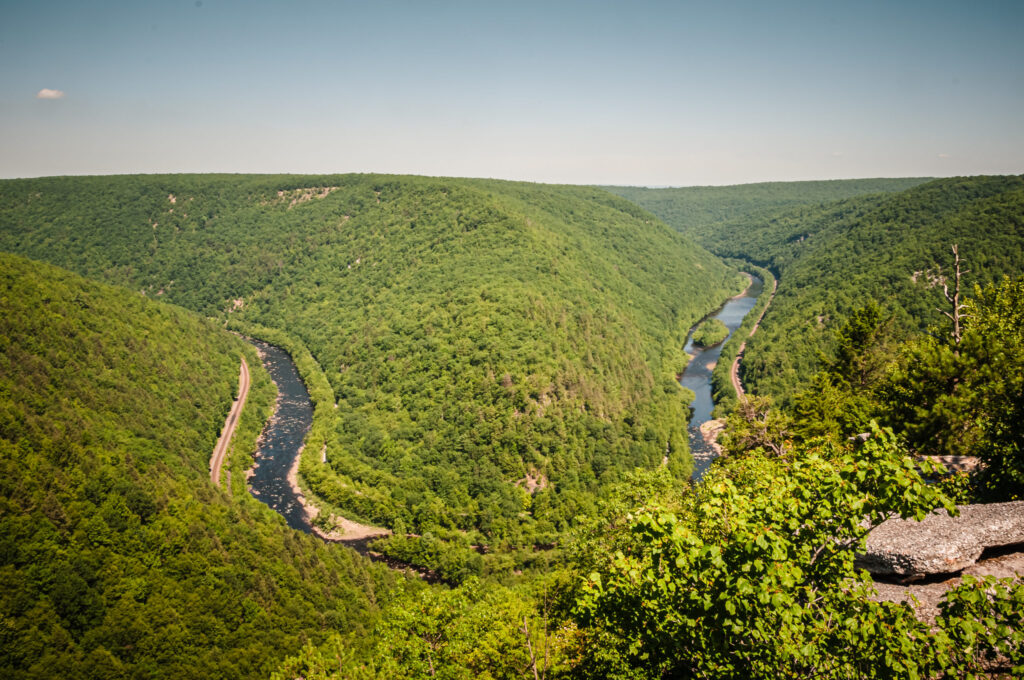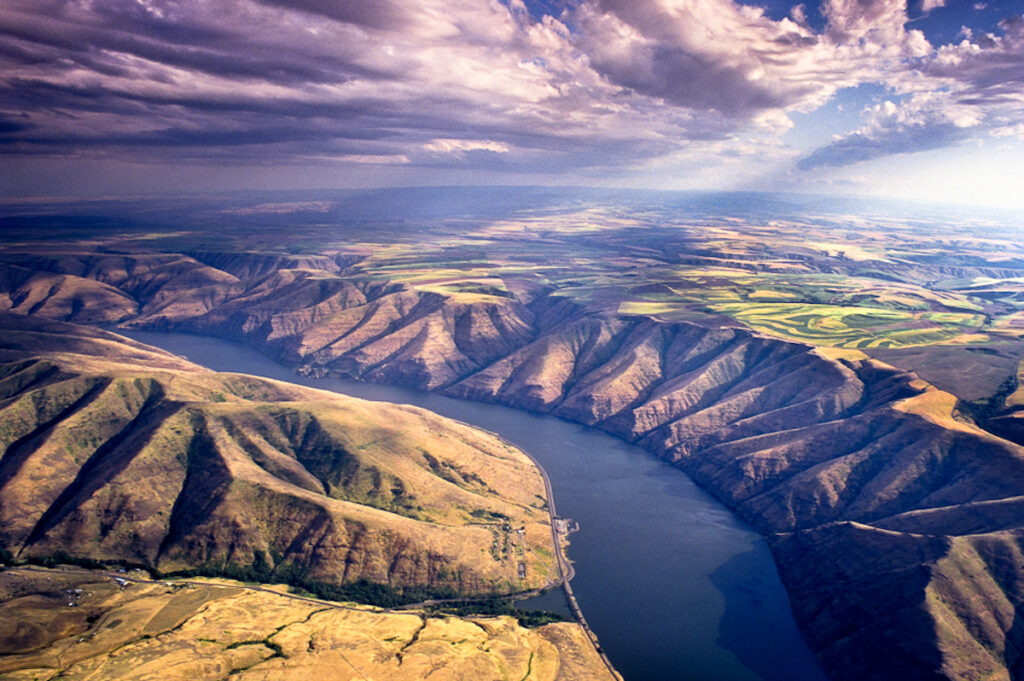America’s Most Endangered Rivers® Frequently Asked Questions

What is America’s Most Endangered Rivers®?
America’s Most Endangered Rivers® is one of the best-known and longest-lived annual campaigns in the environmental movement. Each year since 1984, local river advocates have teamed up with American Rivers to use the campaign to influence key decisions, consistently scoring victories for rivers and the communities through which they flow. The report spotlights ten rivers every year, drawing widespread media attention and mobilizing public action.
We will release America’s Most Endangered Rivers of 2026 on April 14, 2026.
When are nominations for the 2026 report due?
Friday, September 30, 2025
When will nominators be notified if their river is included in the 2026 report?
January 2026
How do I nominate a river?
To submit a nomination, please either:
1.) Fill out and submit the online nomination form (preferred method) or
2.) Download and email THIS FORM to cdominguez@americanrivers.org.
All nominations must be received by Friday, September 30, 2025. LEARN MORE…
You can find past reports here
What criteria will my nomination be evaluated upon?
American Rivers considers three criteria when determining the list of America’s Most Endangered Rivers:
- The significance of the river to people, wildlife, and nature.
- A decision in the coming year that will impact the river’s fate.
- The magnitude of the threat to the river and its communities, especially in light of climate change and environmental injustice.
What does it mean to be a “partner”?
Partnership in the America’s Most Endangered Rivers® campaign varies; Typically, primary partners are organizations that nominate rivers (see below for details), review materials, and may be listed in the official report and are often media spokespeople for the river. Many river listings also have additional supporting partners that assist in any or all of the above tasks or may even play a more limited background role.
Please note: We highly encourage partners and engagement with frontline community leaders and organizations that advocate for innovative, community-driven solutions.
Who should be listed as the lead nominating group?
This is the group (or individual) taking primary responsibility for compilation and review of materials and coordinating other activities associated with the listing. This point of contact should be prepared to spend time developing information for the report and outreach and coordinating other partners as appropriate and necessary, should the river be selected.
What work will the lead nominating group (and/or supporting groups) be expected to do if the river is included in the campaign?
- Approximately 5-10 hours per week from February – April (please note this is an estimate and may depend on your specific river listing and requirements)
- Collaboration in crafting the communications strategy for your river
- Participation in required virtual meetings and kickoff calls (at least 3, but no more than 5 mandatory)
- Photos and video production (7-10 high resolution photos and video content)
- Writing and editing contributions (support and/or lead the creation of approximately 2-3 pages of written information about your river listing)
- Availability to answer clarifying questions about your river, threat, decision point, etc.
- Outreach to local media outlets
- Timely correspondence, feedback, and general responsiveness
- Participation in brief post-feedback survey
If I have other questions, who should I contact?
Please reach out to Chantel Dominguez at cdominguez@americanrivers.org with any questions. All NOMINATIONS should be submitted through the online submission form or emailed to Chantel by Friday, September 30, 2025.

America's Most Endangered Rivers® Nomination Process
Nominations due September 30, 2025

ABOUT AMERICA’S MOST ENDANGERED RIVERS® CAMPAIGN
The America’s Most Endangered Rivers® report is one of the best-known and longest-lived annual reports in the environmental movement.